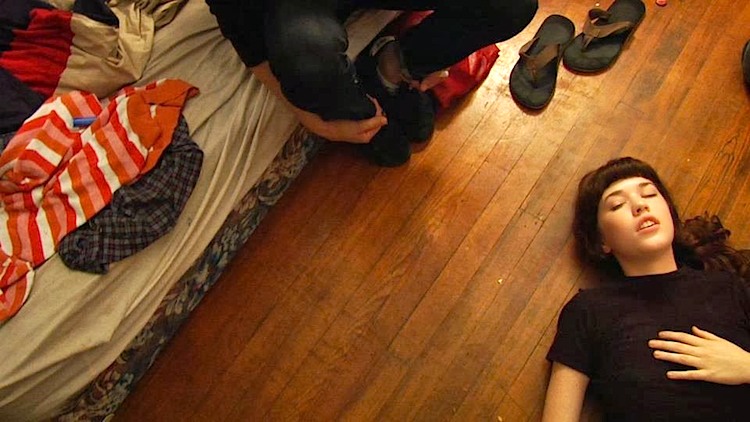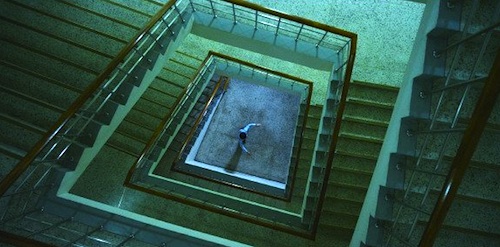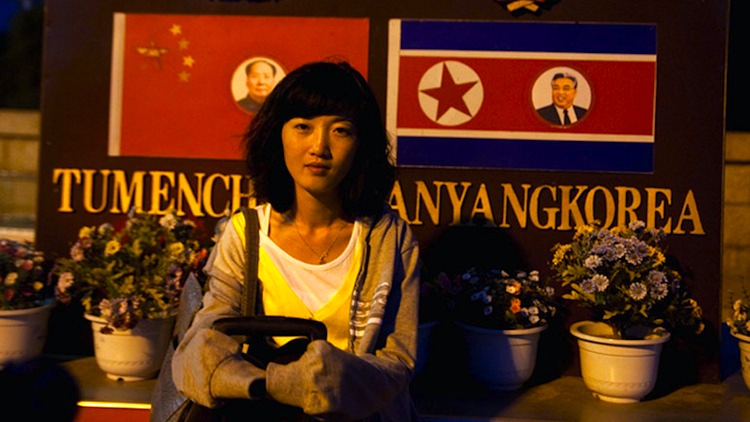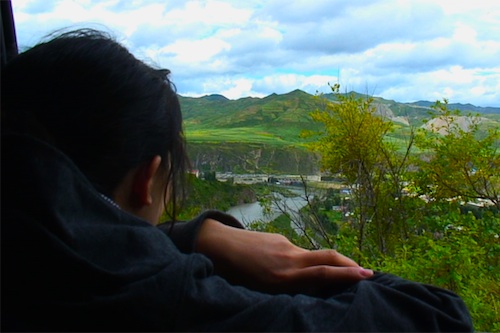By Joe Bendel. It was mostly guys with a whole lot of facial hair. In frat house parlance, the final Soviet-funded World Youth and Students Festival was a real sausage party. For obvious reasons, the South Korean delegate made quite an impression on José Luis García. Since the 1989 Communist youth confab was held in Pyongyang, Lim Sukyung became a minor media sensation. Decades later, García tracked down the so-called “Flower of Re-Unification” for the documentary profile, The Girl from the South, which screens during the 2013 Korean American Film Festival in New York.
García happened to be in Pyongyang by chance, taking his brother’s place in the Argentine delegation at the last minute. To his credit, García was quite curious how the Communist youth congress would address the still fresh massacre in Tiananmen Square. The answer—stony silence, aside from an impromptu punk rock protest from the Scandinavians—was rather unsatisfying. Then Lim blew into town, ready to decry South Korea’s restrictions on contact with the North at every public gathering. Fascinated by her, García recorded as many of her appearances as he could with his consumer video camera. After all, she was one of the few delegates not trying to look like Che.
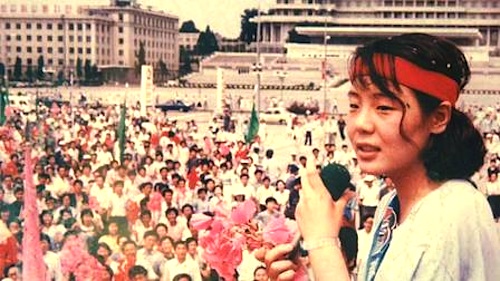
Loaded with irony, García’s home movies of the Pyongyang get-down are easily the best part of the film. Frankly, it isn’t even close. Although García suggests he was more-or-less apolitical in his youth, he captures all the absurdity and pretension of international Communism’s last gasp before crashing into the dustbin of history. One can easily see how this material could be reworked into a wickedly satirical narrative feature.
Unfortunately, the Lim he meets some twenty years later is not particularly interesting to spend time with and decidedly uncooperative. Evidently, Lim served a short prison term after returning to the Republic of Korea and would subsequently suffer a terrible family tragedy, but she never opens up to García about anything. As a result, the film’s second two acts are about as illuminating as a wiki entry.
Granted, GFTS presents a sharp contrast between idealized memories and the disappointments of reality, but that does not exactly make gripping viewing. García never pushes Lim with obvious questions regarding North Korea famines and labor camps, but he never really succeeded in getting her to sit for a proper interview. Thanks to her overt manipulations, his climatic one-on-one quickly descends into an exercise in futility. García practically bangs his head on the table out of frustration and most viewers will be tempted to do the same.
Of course, there is no corresponding “Girl from the North,” because anyone returning to the DPRK after publically criticizing the country’s militarism would be consigned to a death, along with their entire family. García probably gets that, but he was too hung up on getting something—anything—from Lim. Girl from the South has some fascinating moments, but they are largely front-loaded. Mainly recommended for hard-core North Korea watchers, it screens this Saturday (10/26) at the Village East as part of this year’s KAFFNY.
LFM GRADE: C+
Posted on October 24th, 2013 at 3:45pm.
